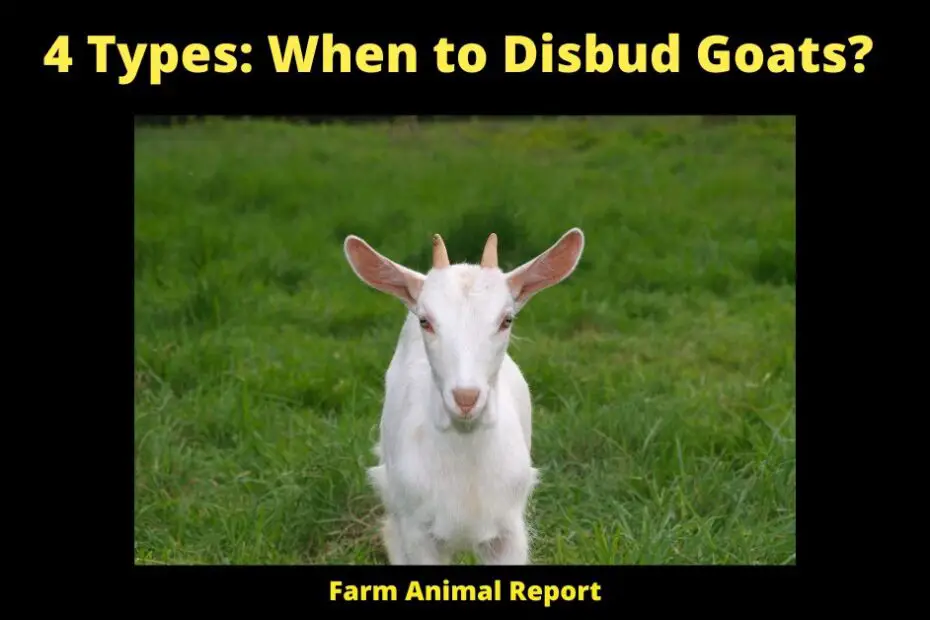When to disbud goats is a question that many goat owners have. The answer, of course, depends on the breed of goat and the purpose of the disbudding. In this blog post, we will discuss when to disbud goats for different purposes, as well as how to go about disbudding them. We will also cover some of the risks associated with disbudding goats so that you can make an informed decision about whether or not it is right for your herd. Cautery disbudding is a routine goat farm husbandry practice carried out at application times on young goat kids using a hot cautery iron to destroy (sear) the horn buds and prevents horn growth from continuing. Most times local anesthetic is applied to male goats to the goat’s horn.
When to Disbud Goats? Methods and Times
4Types of Disbudding Methods for a Baby Goat
When it comes to disbudding goats, there are a few different methods that can be used. The most common methods are using an electric dehorner/debudder or hot iron. However, some less common methods include caustic paste or shears, or copper rings.
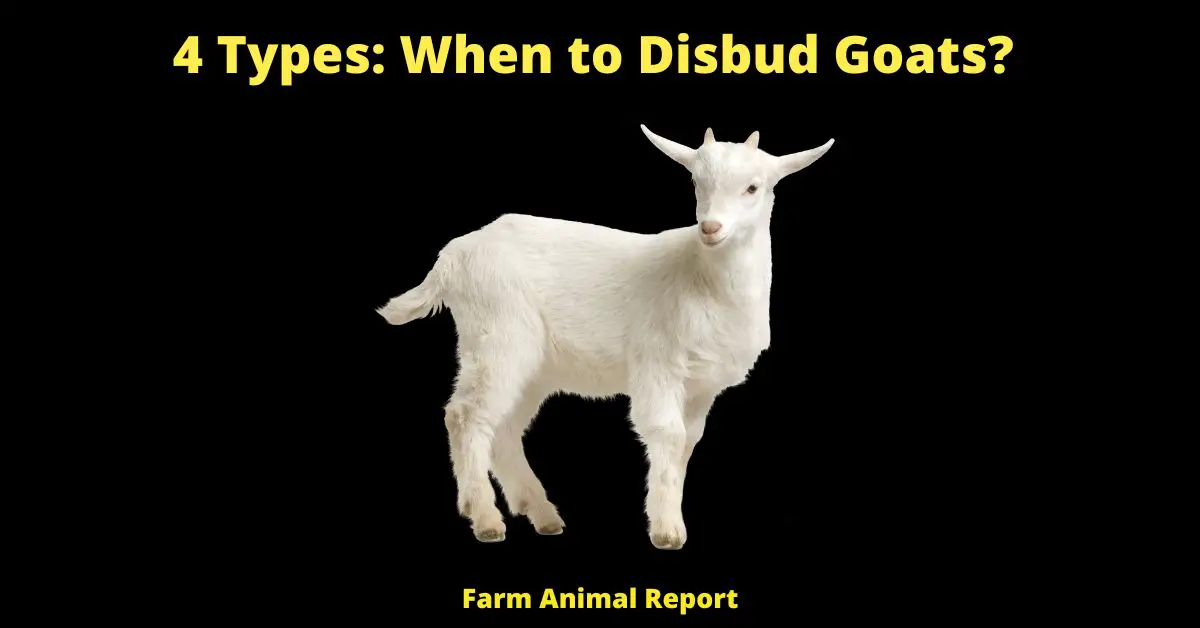
Electric Dehorner
The electric dehorner/debudder is the most popular choice for disbudding goats. This device uses an electric current to heat up metal plates, which then quickly and painlessly remove the horn buds. The metal plates are also adjustable, so they can be tailored to the size of the goat’s horns. The tool used is an electric disbudding iron. It is used to remove horns from a horned goat, dairy goat kids, and prevent horn growth. It is a good idea to use pain relief products when performing the disbudding procedure. This will stop horn bud cells from growing.
Hot Iron
The hot iron is another common method for disbudding goats (disbud kids). This method uses a hot iron to burn off the horn buds. It is a relatively quick and painless procedure, but it can cause some scarring.
Caustic Paste
The caustic paste (chemical pastes) is another option for disbudding goats. This method involves applying a paste made of sodium hydroxide (lye) to the horn buds. The paste will cause them to blister and die, and eventually, fall off.
Shears
Shears can also be used to disbud goats, but this is generally considered to be the least effective method. Shears are applied directly to the horn bud, which cuts it off completely.
When Should I Disbud my Goats?
When it comes to disbudding goats, there is no one definitive answer. The age at which a goat should be disbudded depends on a variety of factors, such as the type of operation where the goat is raised, the breed of the goat, and regional differences.
Generally speaking, goats should be disbudded between 4 and 14 days of age. This will ensure that the goat is truly being disbudded and not dehorned. There were no regional or herd size differences regarding the age at disbudding. However, there were differences across primary production types of operations regarding the age at disbudding. Meat operations disbudded kids later than dairy or other goat operations.
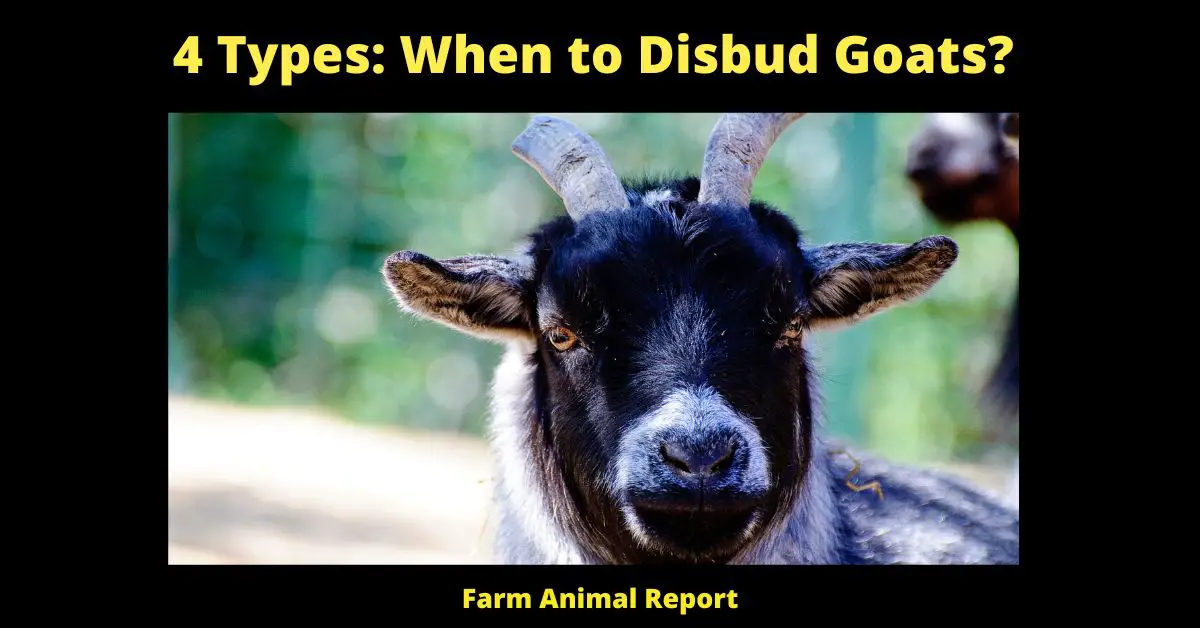
Meat operations disbudded kids at an average of 20.2 days, dairy operations disbudded kids at an average of 14.6 days, and other goat operations disbudded kids at an average of 13.9 days. It is important to note that these averages are just that – averages. There is no single answer that fits all operations. (1-3 Weeks of age)
Disbudding goats is not a procedure to take lightly. It is important to weigh all the factors involved before deciding when to disbud your goats.
Why do I need to Disbud my Goats?
When it comes to goat farming, there are a few procedures that must be carried out in order to maintain the health and well-being of the animals.
One such procedure is disbudding or the removal of the horns from young goats. There are a few reasons why disbudding is done, but the primary reason is to protect both the goats and the people who are handling them.
Horns can cause a lot of problems for both the goats and their owners. For one, horns can easily become entangled in fencing or other objects, causing injury to the goat.
They can also be a danger to other goats in close quarters, as they can easily poke or gash another animal. In addition, when goats with horns are handled, there is always the potential for injury to the handler. By removing the horns while they are still young, these risks can be minimized.
What Does it Cost to Disbud a Goat?
Disbudding must be carried out by a trained professional, as it is a delicate procedure that can go wrong if not done correctly.
The cost of disbudding varies depending on where you live and who does the procedure, but it typically ranges from $5-$85 per animal.
Most Goat Owners say if you take it back to the original Breeder they have found charges as little as $3, and then your Local Vet up to $84
Despite the cost and effort involved in disbudding, most goat farmers feel that it is worth it in order to protect their animals from harm.
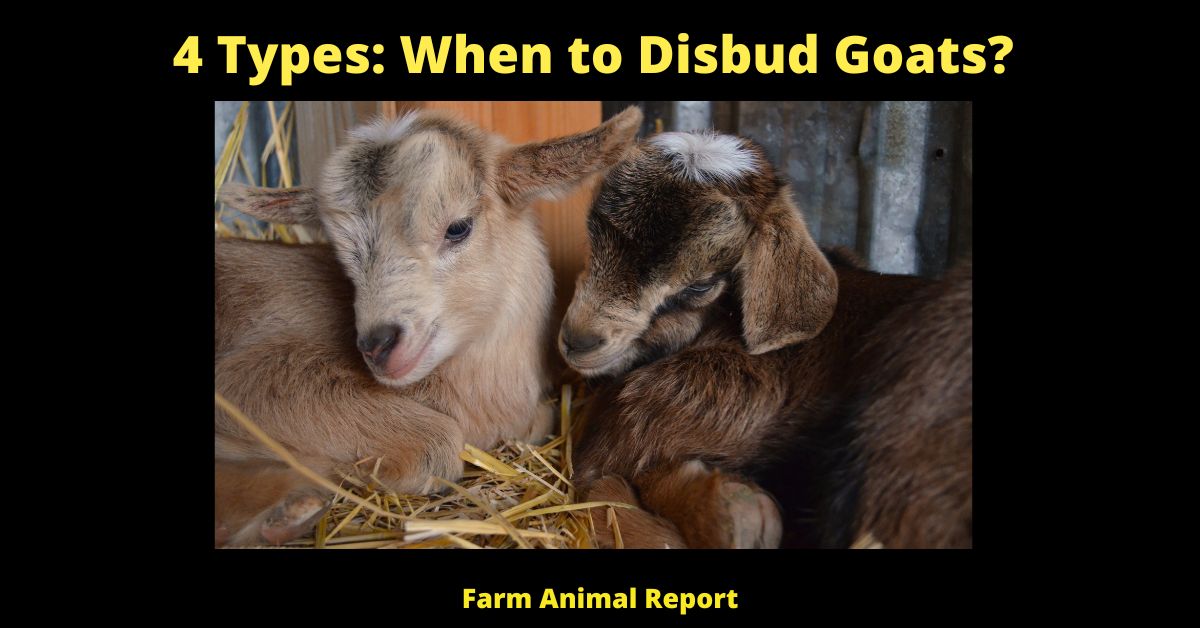
Is Disbudding a Goat Painful
Disbudding a goat is not as painful as one might think. It is a process where the farmer removes the horns from the goat.
The most common methods are either by using a hot iron or with a caustic paste. Hot iron disbudding is considered the most humane method as it cauterizes the blood vessels and nerves as it goes.
This method also has a lower risk of infection. Caustic paste works by burning through the tissue and stopping the blood flow to the horn bud. While this method is faster, it is considered more painful for the animal and there is a higher risk of infection.
Either way, disbudding is an important part of goat husbandry and should be done early on in life to prevent injuries to both the animal and other livestock.
What are goat disbudding problems?
Anyone who’s raising goats for dairy or meat knows that it’s important to remove their horns, or “disbud” them. This is typically done when the goats are Kids, and it’s a painful but necessary process. Unfortunately, there are a few things that can go wrong during disbudding, which can lead to serious problems for the goat.
One of the most common problems is the incomplete removal of the horn bud. If even a small piece of the horn bud is left behind, it can continue to grow and eventually become a full-sized horn. Another problem is damage to the underlying bone. This can happen if the person doing the disbudding doesn’t have enough experience or if they use the wrong tools.
In some cases, this damage can result in an infection that spreads to the brain and ultimately leads to death. Finally, there is always the risk of scarring. While this isn’t necessarily a health problem, it can make it more difficult to sell the goat later on.
For all these reasons, it’s important to be very careful when disbudding your goats. Make sure you have a qualified person do it, and don’t hesitate to get a second opinion if you’re not sure everything was done correctly.
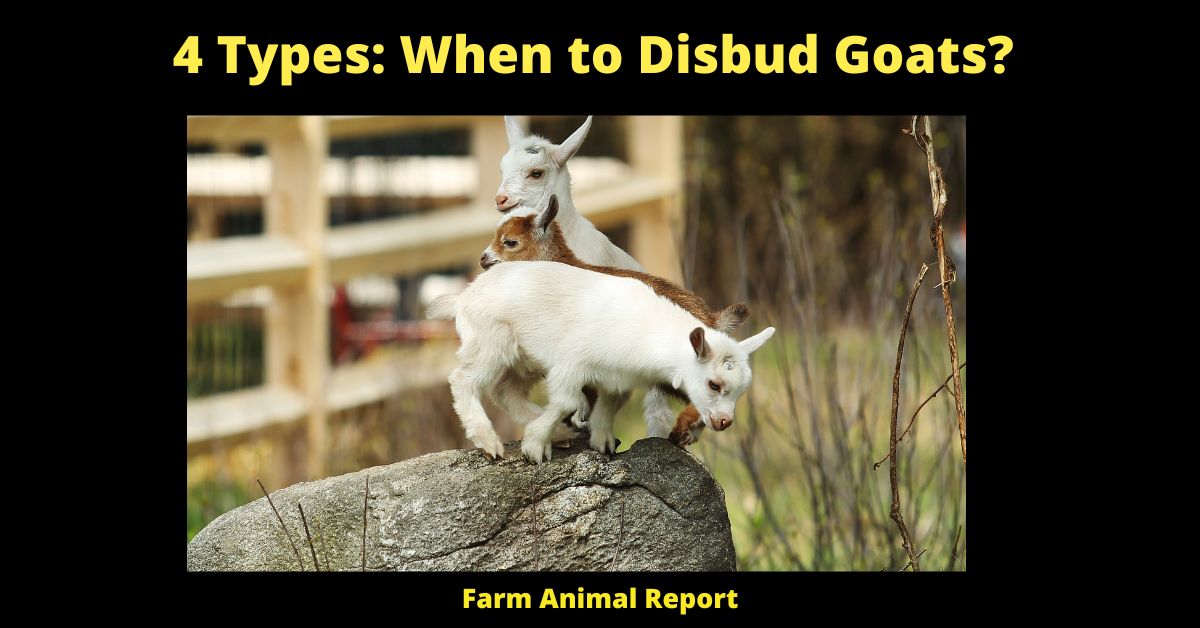
5 Risks of not Disbudding a Goat
If you’ve ever had the pleasure of milking a goat, you know that they can be quite frisky creatures. But did you know that if a goat isn’t disbudded, (the disbudding process) their horns can pose a serious risk to both their health and the health of those around them? Here are 5 risks of not disbudding a goat:
1. Horns can grow into the goat’s skull, causing neurological damage, brain damage, and pain.
2. Horns can get caught on fences or other objects, leading to injury or even death.
3. Horns can be used to injure people or other animals. This is especially a concern if you have children or other pets who interact with your goats.
4. If a goat’s horns are not properly cared for, they can become infected, which can lead to serious health problems.
5. Finally, horns simply do not look nice and can detract from the overall appearance of your goat herd.
As you can see, there are many risks associated with not disbudding a goat. If you’re thinking about adding goats to your farm, be sure to talk to your veterinarian about the best way to care for their horns.
5 Benefits of Disbudding a Goat
As a Goat farmer, I have found there to be several benefits to disbudding my goats. While it may seem like a stressful and painful process, disbudding actually provides many benefits for both the goat and the farmer. Here are five benefits of disbudding a goat:
1. Disbudding helps to prevent injuries. When goats are left with their horns, they are more likely to injure themselves or each other. By disbudding, you can help to prevent these types of injuries from happening.
2. Disbudding makes it easier to handle goats. Goats with horns can be more difficult to handle, as they can use their horns to defend themselves or to get away from you. Disbudded goats are much easier to catch and hold onto, making them less of a hassle to deal with.
3. Disbudding reduces the risk of disease transmission. When goats have horns, they can use them to interact with other goats in ways that can spread diseases. By disbudding, you can help to reduce the risk of disease transmission between goats.
4. Disbudding helps keep your goats healthy and clean. Horns can collect dirt and debris, which can lead to health problems for your goats if not cleaned properly. Disbudding helps to keep your goats clean and healthy by preventing the build-up of dirt and debris on their horns.
5. Disbudding is better for the environment. Goats with horns can damage vegetation, which can impact the local ecosystem. By disbudding, you can help to protect the environment from the damage that horns can cause.
Final Thoughts – When to Disbud Goats?
As you can see, there are both risks and benefits associated with disbudding goats. Ultimately, the decision of whether or not to disbud your goats is up to you. However, I would encourage you to weigh the risks and benefits carefully before making a decision. Best Management practices firmly secure the Goat’s Head with a disbudding box and remove the horn tip at the kid’s head and remove the horn at the horn base.
God Bless Greg


